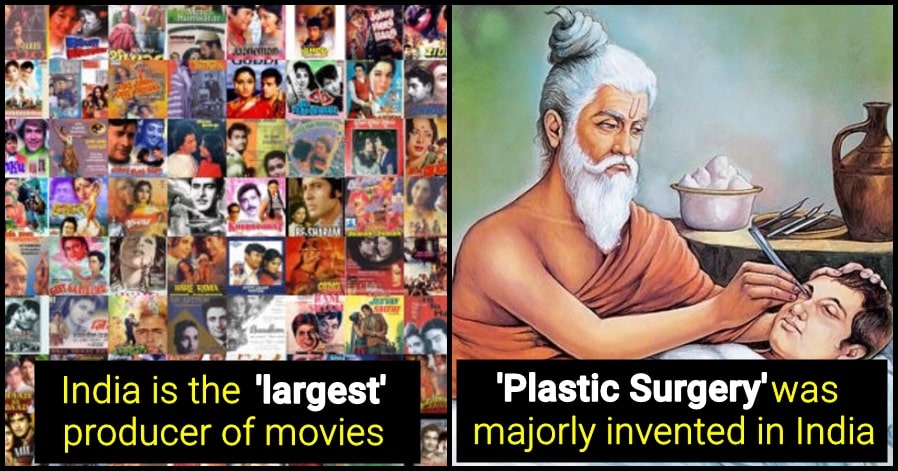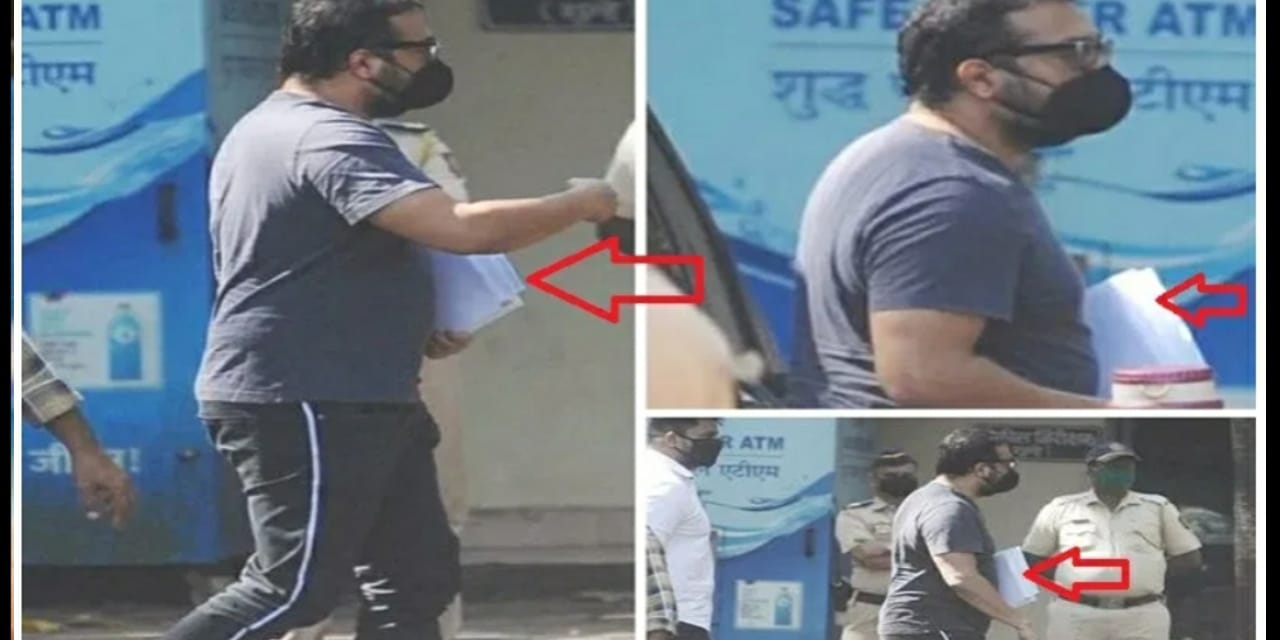No products in the cart.
23 crore Indians are under extreme poverty, says survey
A recent World Bank report has revealed that about 129 million people in India will face extreme poverty in 2024. This figure is a matter of concern for the Indian economy and social structure, specifically when we see that this number is also a big challenge in the global context. The World Bank’s report highlights an alarming poverty crisis in India, urging immediate reforms to uplift millions trapped in economic hardship and fragility.

According to the report, 129 million Indians will be living in extreme poverty, with daily incomes of less than $2.15 (about Rs 181), compared to 431 million in 1990. At today’s slow pace, it may take over a century to eliminate poverty for about half of the world’s people.
In 2024, there would be a greater number of Indians living below the poverty line compared to 1990, if the criterion for middle-income nations is adopted, which is $6.85 per day, or approximately Rs 576. It is stated that population expansion is the primary cause of this.
The global goal of ending extreme poverty by 2030, defined as $2.15 per person per day, is out of reach: It could take three decades or more to eliminate poverty at this threshold, which is mainly relevant for low-income countries. Extreme poverty is historically concentrated in countries with low economic development and fragility, many of which are in sub-Saharan Africa.
Nearly 700 million people – 8.5 percent of the global population – live on less than $2.15 per day today, and it is estimated that 7.3 percent of the population in 2030 will live in extreme poverty.
The report says global poverty reduction has virtually stopped, and 2020-2030 is set to be a lost decade. Over the next decade, India’s contribution to global extreme poverty will decline significantly. These estimates are based on projections for growth in GDP per capita over the next decade as well as historical growth rates.








